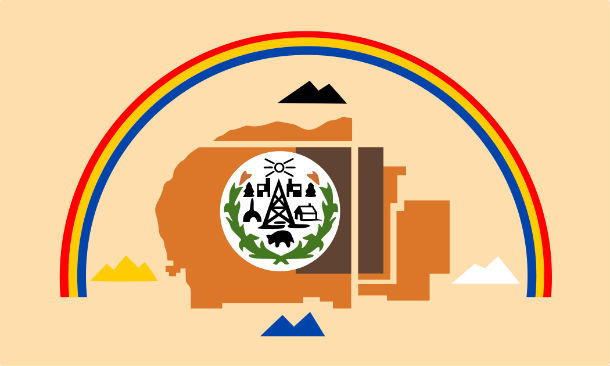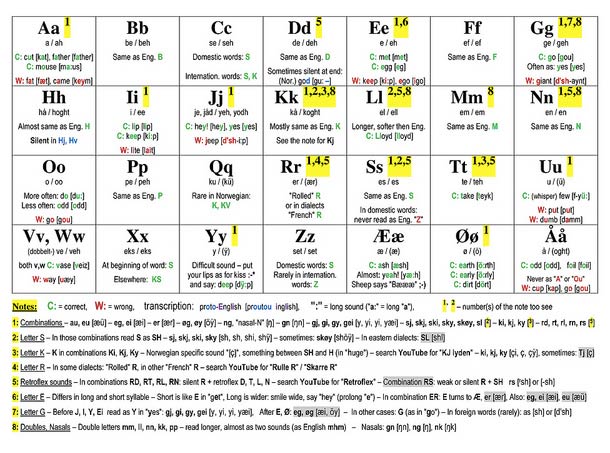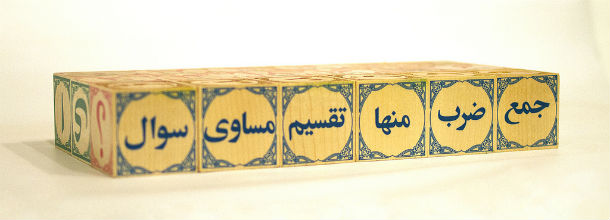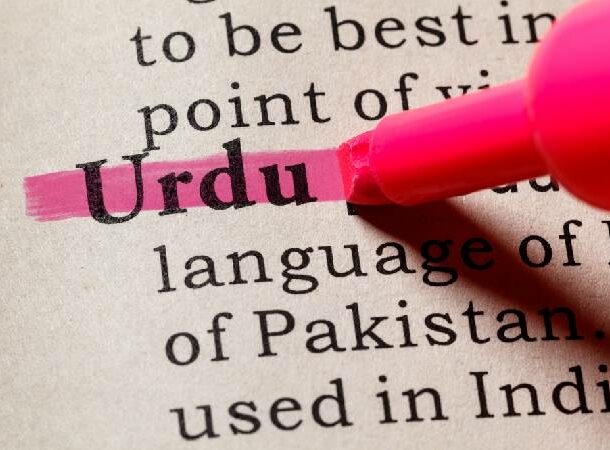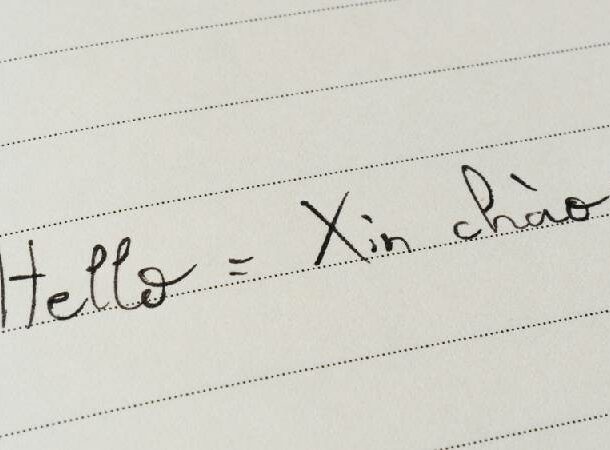However, if you speak one of the 25 most difficult languages to learn in the world, you are one step ahead of the crowd. Learning a different language can be fun and open new possibilities. However, some languages are easier to learn than others. Just what are the most difficult languages to learn? From Korean to Arabic to Hindi, some of these languages not only incorporate parts of the tongue and mouth in exotic ways, but they also have a written language that looks extremely different than what you are reading at this moment, English. On the other hand, if you were born speaking one of these “difficult” languages, you probably wouldn’t think anything about how tough it can be for someone unfamiliar with it. Interestingly, even if you learn one of these languages in school, if you don’t use it regularly, you will lose it. Speaking a language and being able to communicate and improve requires practice. If you don’t practice it, you will lose it. Additionally, other factors contribute to how you learn and retain a language. Fortunately, nowadays, there are countless apps to help you as well as social media groups to join and even local groups to practice your newly learned language. Retention depends on how proactive you are at practicing and using it on a daily basis.
With that in mind, we’ve compiled a list of the 25 most difficult languages to learn in the world!
It has its roots in Austronesian languages, which are spoken by people on islands scattered across Southeast Asia and Oceania. Tagalog is also related to Bicol, Samar, Bisayan, Hiligaynon, and Cebuano. Tagalog is the official language of the Philippines, where it is spoken as a first language by about 60 million people and as a second language by millions more who live there or are of Filipino descent.
Related Article: 25 Facts And Tips To Help You Learn A Foreign Language Fluently, Quickly, And Efficiently
It is considered to be a living language, with evolving grammar and vocabulary. While there are multiple dialects of the language, they can be understood by each other. This makes it easier for people who speak different dialects to communicate effectively with each other.
To get a grasp on Navajo, you have to first understand the Navajo culture and worldview. Navajo is also a tonal language. This means that the speaker may sound as if they are using a different word when in fact they are using the same word with a different tone. Tonal languages can be difficult for people to learn because it is hard to know when someone is saying one thing or another unless they tell you what they mean.
Related Article: 25 Stunning Things You Probably Didn’t Know About Human Languages
It was first written down by Norsemen who settled in Iceland in 870 A. D. from Norway and northern parts of Scandinavia. The Icelandic Language has a lot of vowels and consonants, which may make it difficult for native English speakers to learn. It also doesn’t have articles like a or an. One could say that the grammar is different from many other European languages. It’s considered one of the most widely spoken languages in the world. Indonesia is the fourth most highly populated country in the world. It’s a West Germanic language that has been heavily influenced by neighboring languages. There are three main dialects: West, East, Brabantian, and Limburgish. If you’re thinking about learning Dutch, you’re going to have to be prepared for some serious grammar rules because articles must be used with a certain gender or number. Urdu is written from right to left in the Arabic script, with a few additional letters to accommodate sounds not found in Arabic. For this reason, it can be difficult for non-native readers. For the most part, the only differences are in grammar, phonology, and vocabulary. Most modern Hebrew speakers can easily read an old text. The Semitic origins of the language can be seen in its words, phrases and syntax. There are also many loanwords from other languages like Arabic, English, French, and Yiddish. Today it is written with a 22-letter alphabet. Some countries, including Gaza, Panama, and Brazil, still use Hebrew in addition to Israel and Palestine. That being said, people still study this language for religious purposes and for the purpose of understanding Sanskrit’s history. The reason why this is such a hard language to learn is because of its complicated grammar rules.
Related Article: 25 Most Endangered Languages In The World
Related Article: 25 Crazy Facts About Languages
Unlike many other languages, the verb follows after the object of a sentence, and sentence particles are used at the end of sentences. These particles can be used to express politeness or that a sentence is rhetorical and not intended as a question. This can make Japanese one of the most difficult languages to learn for those without an understanding of these structures. Arabic is written from right to left in a cursive script known as Kufic. Arabic was introduced to the Middle East by Arab traders, who brought it from Arabia around 1,200 years ago. It gradually replaced Aramaic as an everyday language among people across this region. Arabic has different dialects, with one version often spoken in a given country different from that of others, for example, Morocco speaks one dialect, and Saudi Arabia speaks another. Related Article: 25 Easiest Languages You Could Be Learning Today Furthermore, each word has different pronunciation tones that are used to differentiate between different words. It can take years to fully understand what a sentence says without looking at it analytically as a whole rather than focusing on each word separately. Learning Chinese requires an in-depth knowledge of these rules and principles that cannot be learned by just reading and memorizing vocabulary lists. Overall, if you want to learn a new language but have a hard time with grammar or pronunciation, Chinese might not be the best bet for you. If you enjoyed learning about the most difficult language to learn, you might also enjoy: 25 Easiest Languages You Could Be Learning Today

